Michael Gorbunov
Top Projects
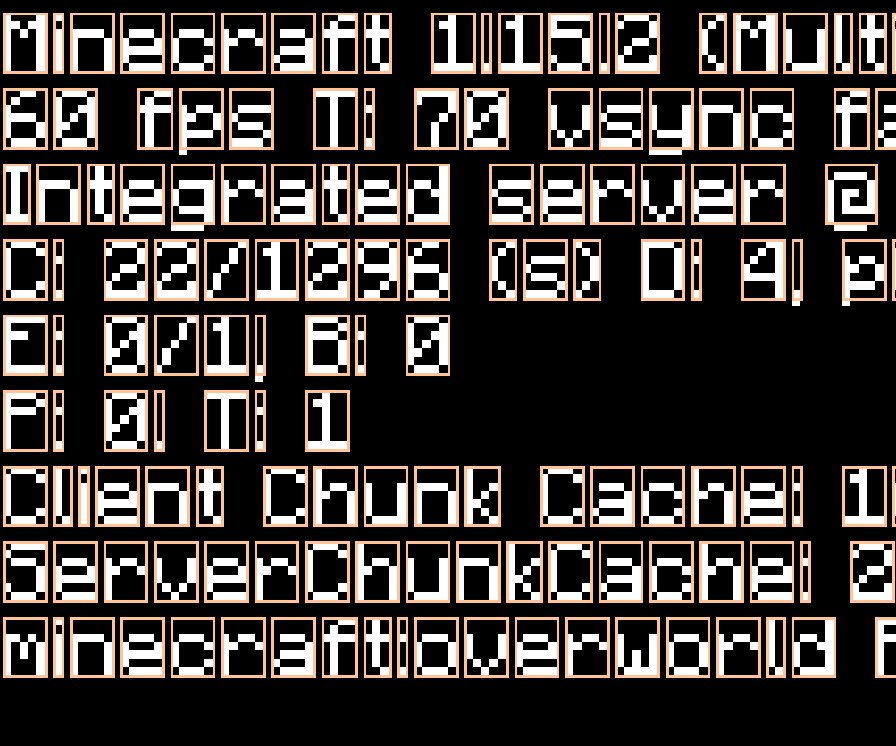
MC OCR
Python, OpenCV
An Optical Character Recognition (OCR) algorithm built specifically for
Minecraft (MC) text. Given an in-game screenshot it identifies bounding
boxes for individual characters and then classifies them to produce a string.
Project Breakdown >
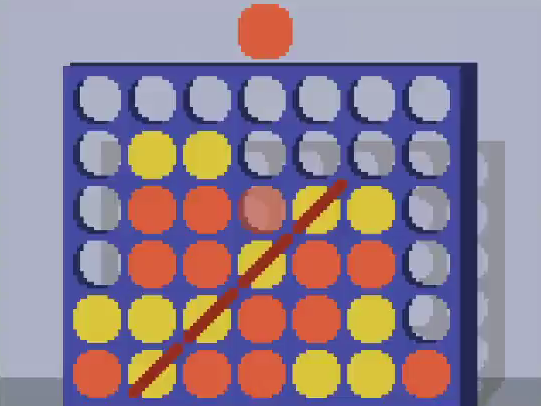
Connect 4 AI
Python, Git, PyGame
A game of Connect 4 with graphics, mouse input, and a functioning bot to play against. The AI implements the minimax algorithm, with alpha-beta pruning. Worked with a classmate but this is not a school project.
Project Breakdown >
Smaller Projects
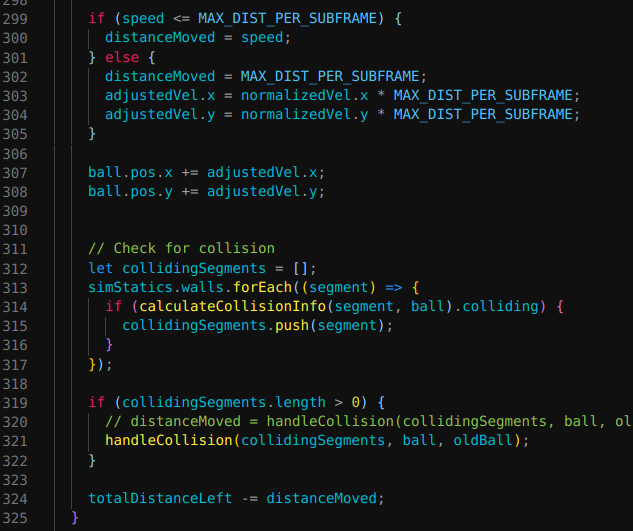
2D Collision Engine
Javascript, Pixi.js, Node
A simple but very stable collision engine which handles a circle with line segment collisions. The Pixi.js game engine is used for rendering but nothing else - all physics calculations were programmed. Multiple steps are simulated per frame to track all collisions, even at high speeds.
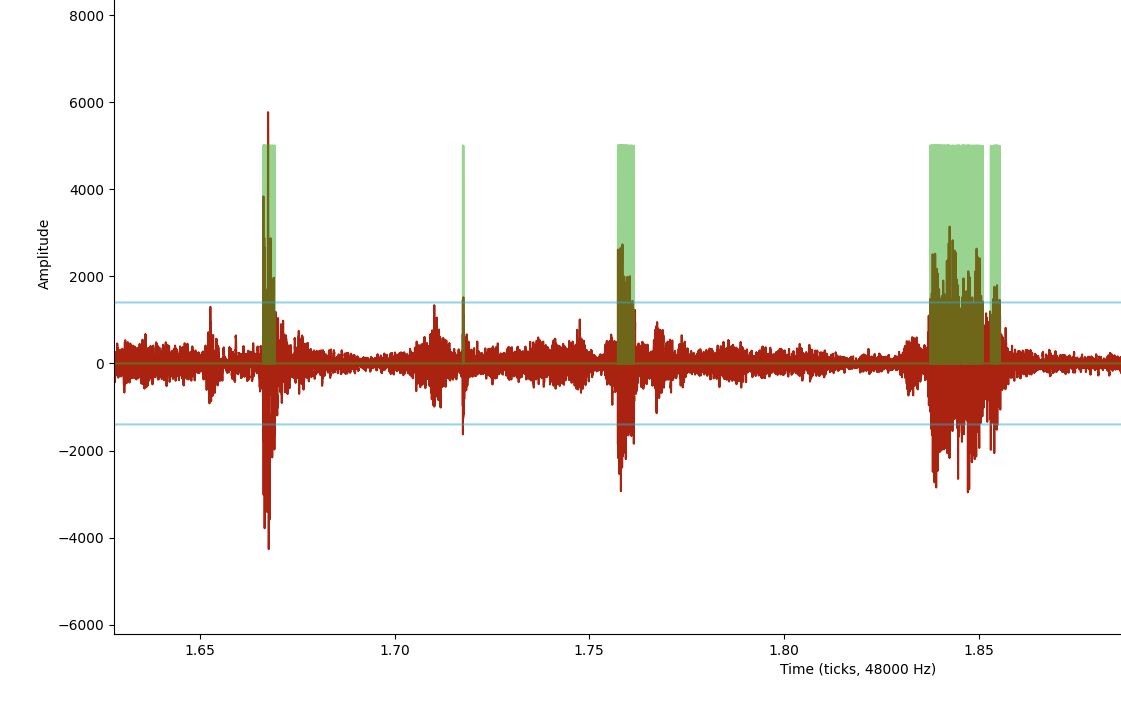
Sound Based Positioning
Python, Matplotlib
Given the sound recording of many microphones with known positions and one sound of unknown position, this program can determine the position of the sound. All processing is done in amplitude domain, and the end result had a 3% margin of error, limited largely by sampling rate.
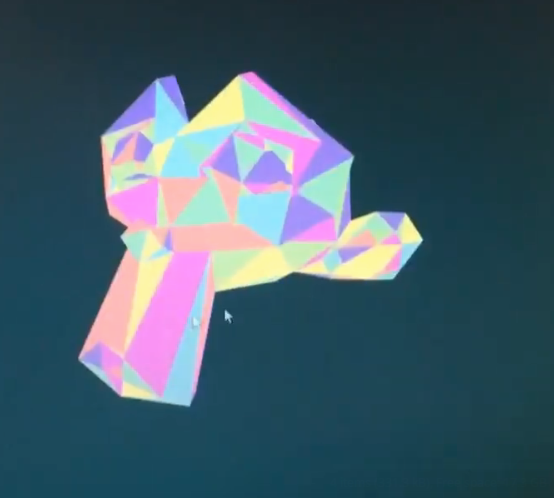
3D Renderer
Java, Processing
Mostly an exercise in math, this program parses and displays a .obj file, handling the 3D to 2D projection as well as face-ordering. Everything is done in Processing on the CPU, so it is very slow compared to GPU-setups, but it was enjoyable to figure out the math behind the projections.
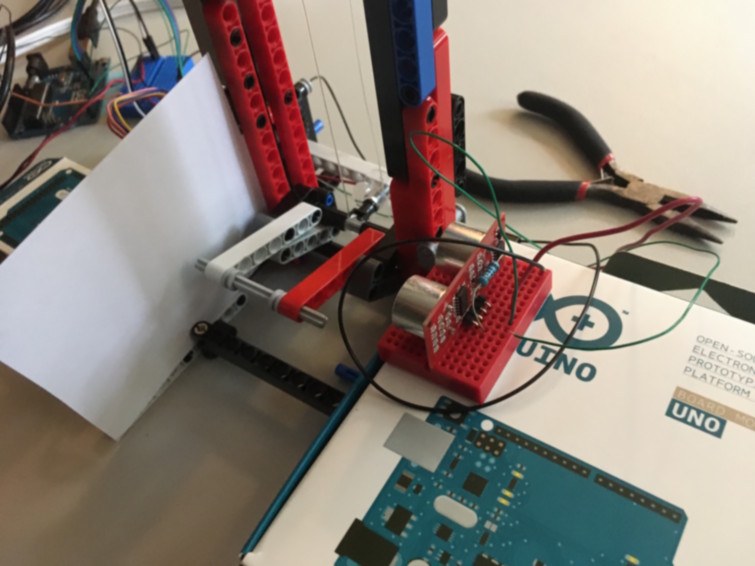
Golf Ball Lift
Arduino, C++
A school project to lift a golf ball up a stair. Logic is handled by an Arduino, which is connected to an ultrasonic distance sensor and a motor. When a ball rolls into the carriage, the ultrasonic detects it and activates the motor for a set time. The program is a simple state machine.
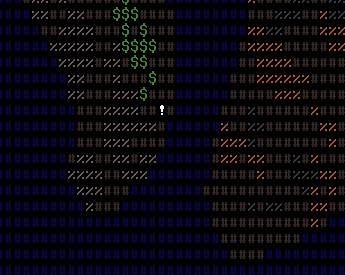
Factorii
Java, Gradle
Created to learn program architecture, this text-based game revolves around building factories out of smaller components. The code handles procedural world generation, splitting the screen for GUI elements, and simulating player-built factories. This involved using interfaces, abstract classes, and enums.
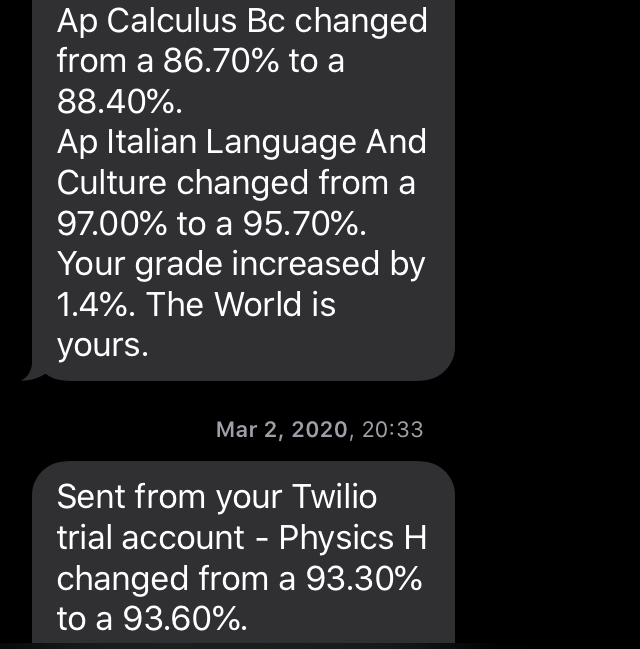
Grade Texter
Python, Selenium
Created at the HackJA 2020 Hackathon, this program scrapes grades from the Genesis gradebook system by school uses. It stores the results locally, and sends a text message using the Twilio API if a change is detected. A .json config may be used to configure texting behavior.
Other Skills
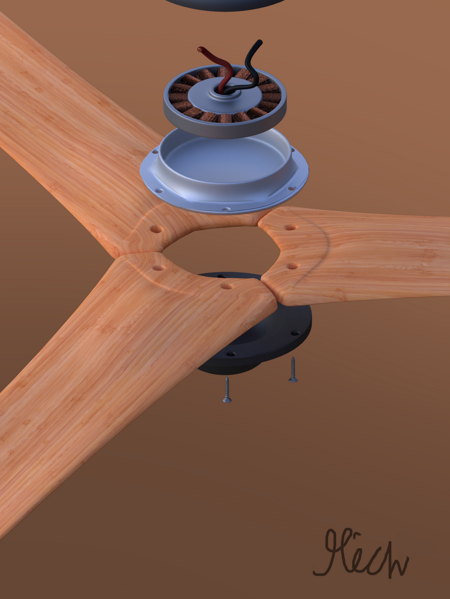
Blender
3D Modelling, Animating, Compositing, Rigging, UV Mapping
I have 250+ hours of experience working with Blender. While in the past 4 years my used of Blender has been light, during middle and junior high I developed great familiarity. Typically my subjects have been highly stylized and cartoonish, but the skills still transfer to more scientific projects. For example, I recently used Blender to visualizes traces of a 3D function.
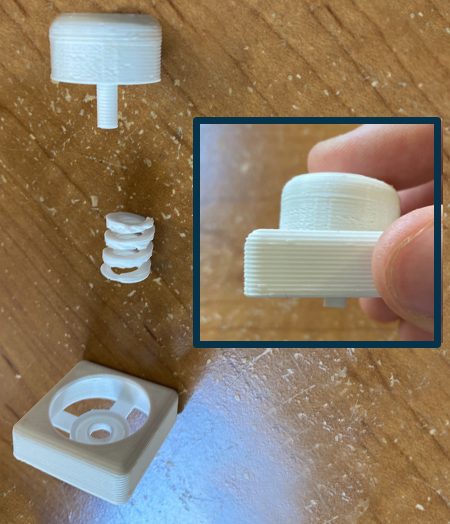
CAD Modelling
Constraint-Based Modelling
I have used Fusion360, Inventor, and even some FreeCAD to generate constraint-based 3D models. Pictured is a push button assembled from 3 seperate 3D printed parts. For a class in school, I've also built CAD models via laser cutting.